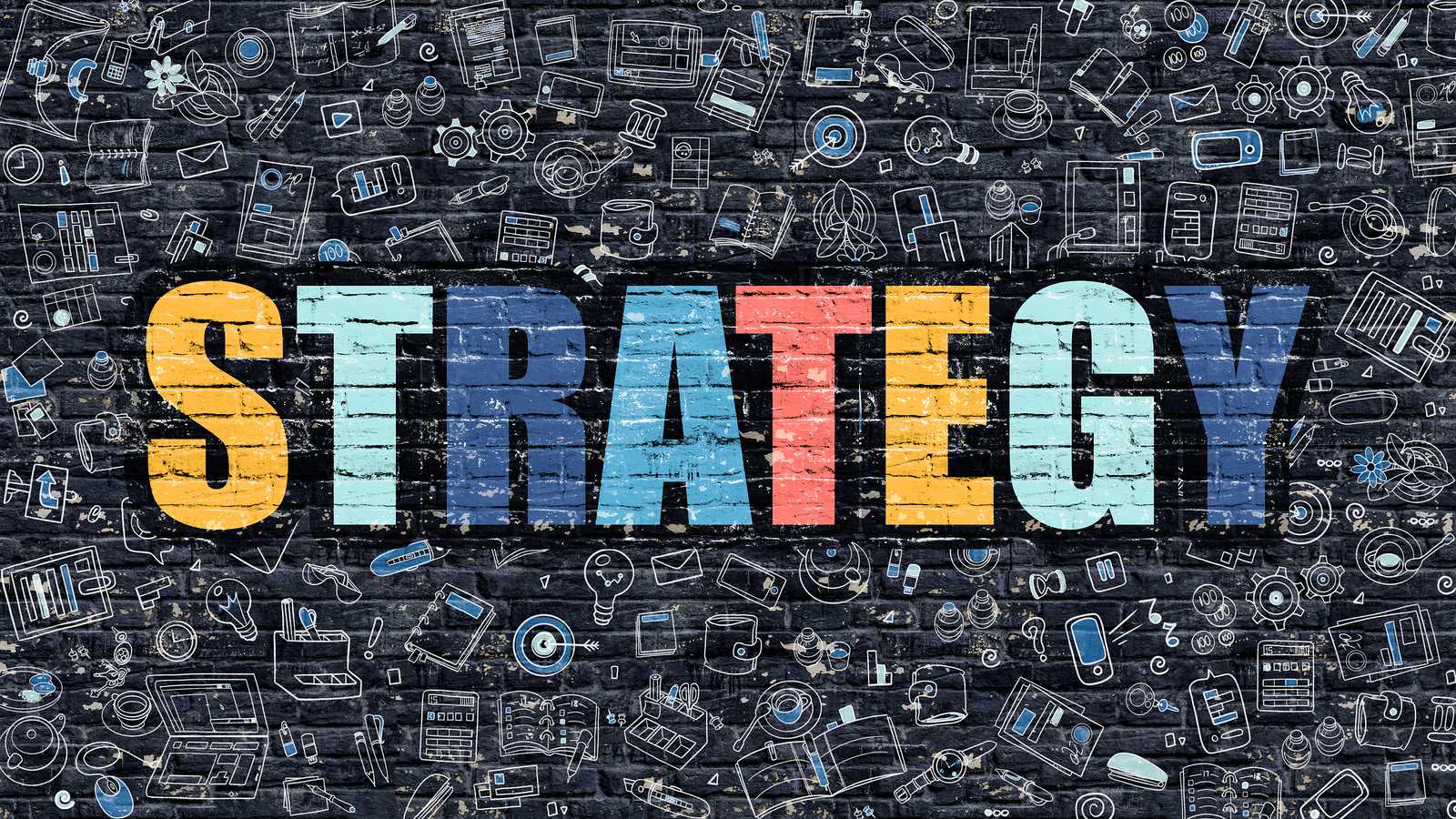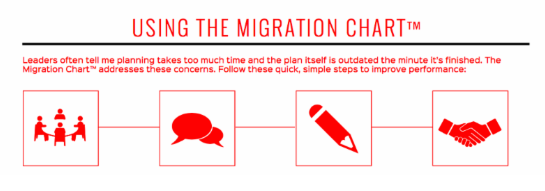
What Are the 12 Questions You Should Ask About Strategic Planning?
Published in Strategic PlanningWill you be gathering your leaders to develop your company’s plan for 2017?
Then you might want to take a page from my book, Lead The Way, to have a toolbox of exercises for a successful planning session.
Answer these 12 questions to ensure that investing two days to plan for next year will help make 2017 your best year yet.
1. When should we hold our session? The best time is the fourth quarter of your fiscal year. You have enough data to assess past performance before looking ahead and developing plans for next year. Some times are better for your business than other times. But anytime is better than not at all.
2. How much time will we need? I’ve seen a lot of time wasted on planning. Most of the time, two full back-to-back days are plenty. Select days that work best for your team, then give people enough notice to block their calendars.
3. Who should attend? Think carefully about who should attend. I’ve led sessions with three people and with as many as 25 participants. Direct reports to the CEO should attend. Senior decision-makers with P&L responsibility should, too. Partners should attend if that’s how your organization is structured. Typically, board members and investors should not attend because their presence can be a distraction. The exception is not-for-profit organizations; in this case it’s essential that board members be invited–and expected–to participate. Your choice of participants determines what is discussed, what is decided and what will be done to help your organization improve.
4. Should we get input from non-attending mid-level leaders? Drawing the line to determine who attends and who doesn’t can be tricky. If there are people in your organization whose feedback you want, gather their input in advance through an online survey or via brief phone calls by a third party.
5. Who should lead the process? You wouldn’t perform surgery on yourself. Planning is like surgery without anesthesia. Hire an experienced facilitator. The baggage you carry is reason enough. Look for a professional who’s led planning sessions for companies your size or with your issues, or both. Suggestion – Replace this sentence: A good facilitator will cost you less than the time of your executives who’ll be giving up two days of their time to work on the business—not in the business. Why place their valuable time at risk? With these sentences: A good facilitator can help make sure your executives’ valuable time is not wasted and will cost your company less than an inefficient planning session. A well-facilitated strategic planning session makes the most of the two days working on the business rather than in the business.
Get the facts straight from Greg. Call Greg to continue the conversation. 214.720.3707.
6. What do we want to accomplish? You and your team must be crystal clear about what you expect to accomplish in your two days together. You also must be crystal clear about your appetite for change. Change is the essence of planning. What changes will you and your organization make in order to:
- Replicate successes?
- Eliminate or reduce obstacles?
- Choose which new opportunities to pursue?
There are three primary deliverables for any planning session. First, achieving alignment among leaders on the 3 – 5 most significant priorities to be achieved in the year ahead. Second, developing a written plan that specifies who will do what, by when and for what expected outcome. Third, deciding how lack of accountability to the plan will be addressed. Planning equals change. If you don’t plan to change, don’t bother to plan.
7. What guidelines should we follow? Set guidelines all participants agree to follow for the two days, including:
- Use of mobile devices during the session
- No side conversations
- No sacred cows
- Have an open mind
- Silence equals agreement
Write them down, make them visible, and refer back to them when someone’s behavior doesn’t match the guidelines.
8. Will your team speak up? My experience is that most participants are eager to talk—even about uncomfortable issues. It’s the facilitator’s job to get all the issues—good and bad—out in the open for discussion. Implicit disagreements cannot be ignored. One of the biggest threats to any plan that’s developed is the failure to talk about meaty issues. Read my article in Forbes for other threats. Absent trust, your colleagues will not speak up. Absent healthy conflict, your planning process will be a waste of time.
9. Will your team need to prepare anything? It depends on how your leaders like to learn and how much preparation they require. I prefer keeping pre-work to a minimum, usually in the form of two or three questions or perhaps reading an article or watching a video. Achieving alignment is essential so I want decisions being made at the planning session to be the result of conversations and activities that occur during the session when everyone has the opportunity to share the same experience.
10. Where should you meet? Hold the meeting away from the office, if possible. A conference center or hotel is ideal. These venues can arrange breakfasts and working lunches to keep things moving. The value of getting away to a neutral site eliminates workplace interruptions and signals this time together is special.
11. What materials and equipment will you need? You’ll need a couple of flip charts on sturdy easels plus pens. A screen or monitor and Internet capability is helpful if there’s a video you want to show. The most important equipment is between everyone’s ears.
12. What will your plan look like? The thicker, the glossier and the more complex the plan, the greater the likelihood your plan will fail. Less is more. Whittle your plan down to a single page. Download my free one-page planning template at https://bustin.com/migration-chart/.
Once you’ve completed this step, list actions to be accomplished to remove obstacles and achieve the expected outcomes. When finished, your plan will consist of between 10 and 20 pages. Keep the plan simple because it’s the execution that’s difficult.
You’re about to invest your most precious commodity—your time—to position you and your business to attain new levels of success. Answering these 12 questions in advance will help you make the most of your leaders’ two days together. Have more questions to ask about strategic planning? Give me a call or visit the strategic planning page on my website to learn more about facilitated planning sessions.
Ready to reset?
Attend my free Accountability webinar: I Did It! to set and achieve your 2021 goals.
- February 17th from 11 AM – 12:30 PM Central Time
- My free webinar will help you:
– Sharpen your personal goals
– Improve time management
– Tackle tough work-related issues
– Support remote workers
Learn More
To dive even deeper into the topic of accountability, I invite you to purchase a copy of my bestselling book, “Accountability: The Key to Driving a High-Performance Culture.”
Become a better leader.
Download my three free e-books.
Free Tips
Sign up to receive free tips on business, leadership, and life.
Get My Latest Book
HOW LEADERS DECIDE
History has much to offer today’s current and aspiring leaders.
Business schools teach case studies. Hollywood blockbusters are inspired by true events.
Exceptional leaders are students of history. Decision-making comes with the territory.




